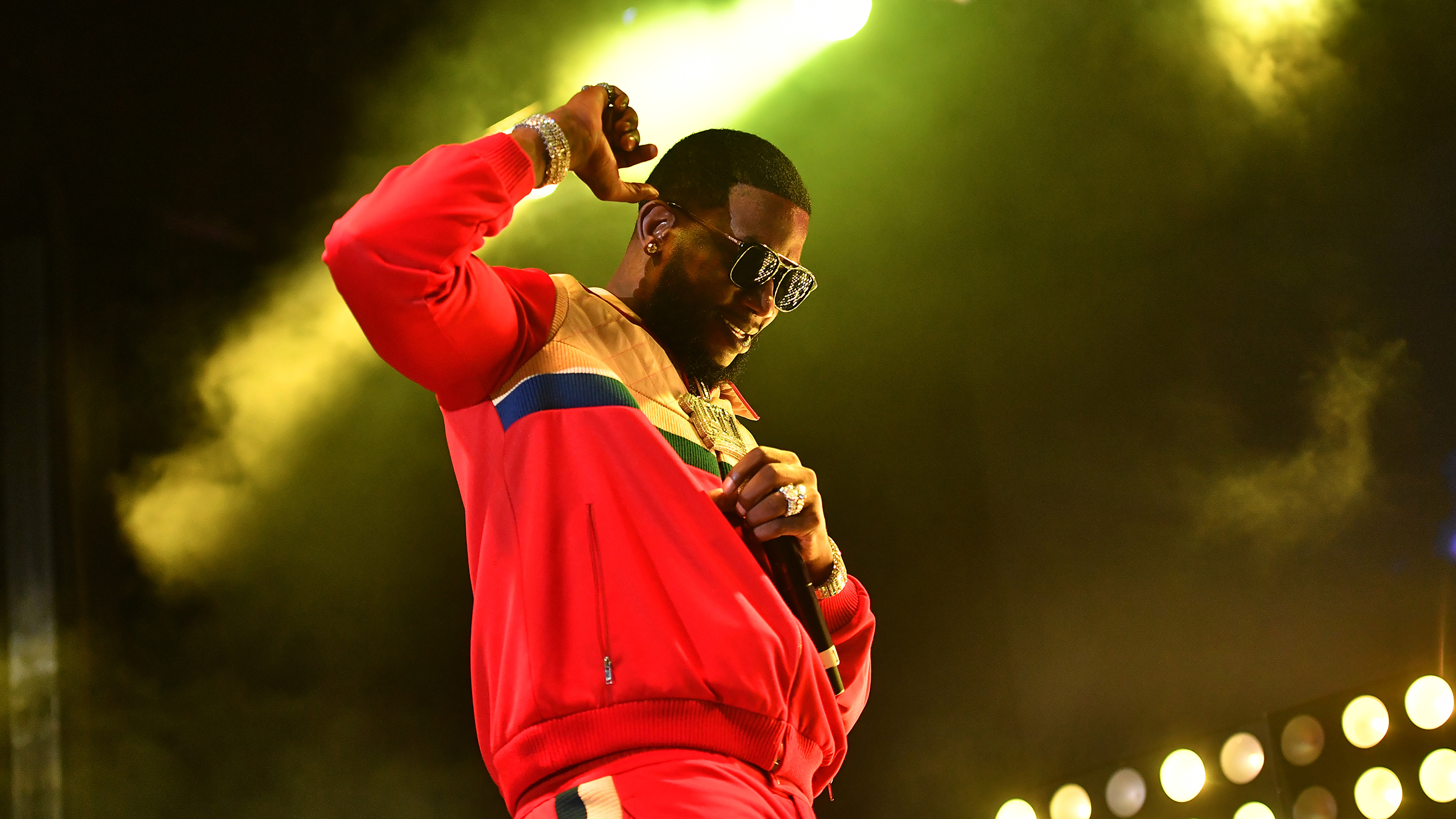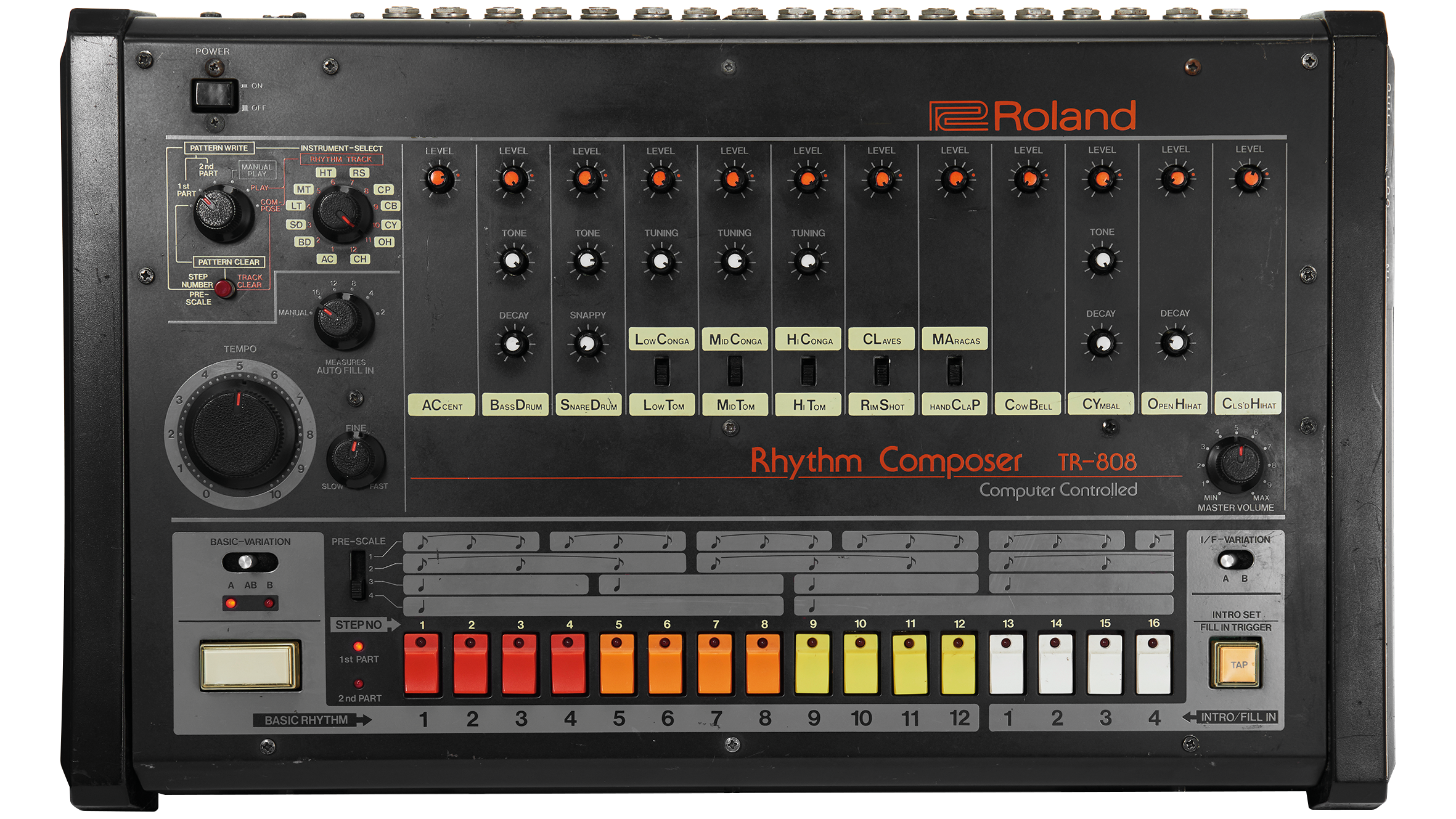The beginner's guide to: trap
A genre? A movement? A key element of hip-hop? We explore the roots of the modern trap sound

All genres evolve; some more than others. Ten years ago, the dominant view of trap would be that it was an offshoot of the all-new EDM phenomenon sweeping the USA.
Ten years prior? A select few in the Deep South hip-hop scene might have understood the slang, if not necessarily thought of it as a genre.
Now? It’s a mainstay of pop music as much as it’s a production style or a musical scene. Let’s dig back into the history and explain why genres aren’t always easy to pin down.
To understand trap in its original, hip-hop context, you would firstly need to consider the word itself. Originating in Atlanta, Georgia, ‘trap’ is a loosely defined slang term meaning a place where drugs are sold.
The related concepts of trap houses and ‘trapping’ - ie selling drugs - became common subject matter for a wave of ’90s southern rappers. In its first incarnation, trap music was referring simply to southern rap tracks with lyrics that covered drug-related subject matter.
Drug references in hip-hop go way back, most notably courtesy of Grandmaster Flash & Melle Mel’s 1983 hit White Lines (Don’t Don’t Do It), but there’s a fatalism and a nihilism to southern trap that sets it apart from the conflicted but often glorifying takes on drug dealing that you might find elsewhere.
Take Texas rap duo UGK’s proto-trap 1992 hit Pocket Full Of Stones and you’ll get a sense of the unabashed way Southern rappers told stories of drug dealing: “Living real smooth like aloe vera lotion/I’m selling crack rock, the devil’s love potion...”
Want all the hottest music and gear news, reviews, deals, features and more, direct to your inbox? Sign up here.
This early trap forerunner wasn’t really considered part of a genre in its own right at the time, but retrospectively we can see the way these ‘trap rappers’ fused drug references with the contemporary production styles of Southern hip-hop, noted for its sparse, usually 808-based instrumentation and woozy feel, with half-time beats that somehow felt simultaneously slower and faster than the typical 90-110bpm you’d have found in most East coast and West coast rap at the time.
By the early 2000s, trap could certainly be considered a major trend in southern hip-hop and on the verge of becoming a distinct genre.
By the time of crossover success for Atlanta rappers like TI, Young Jeezy and Gucci Mane in the early 2000s, the sound of trap went mainstream in hip-hop, with tuned 808 kicks, snare rolls and triplet hi-hats to be found all over rap music.
As far as solidifying into a recognised genre goes, TI claims credit for coining the term with his 2003 album Trap Muzik.
Then, in the early 2010s, things got a little confusing. Trap production tropes were mingled with the emerging US commercial EDM scene, with producers such as TNGHT and Baauer landing upon a new EDM sub-genre which was (somewhat unhelpfully) also referred to simply as trap, giving us two fairly different movements with the same name.
Fast forward to today, and you could argue that the EDM version of trap helped the rap version become even more influential. Some of the biggest names in hip-hop production (Lex Luger, Metro Boomin, Mike Will Made It) work heavily in the trap style, while its crossover success has moved beyond trap rappers like Future, Lil Baby and 21 Savage to the slightly jarring idea of pop and R&B songs built heavily on trap aesthetics.
Think of Rihanna’s Pour It Up, Ariana Grande’s Sweetener album or Lil Nas X’s country-trap hit Old Town Road and you can make a strong case that trap has not just been the dominant sound of rap for the last decade, but also one of the most significant influences on pop music as a whole.
Three classic trap production techniques
808 kick bass
Key to the sparse but powerful aesthetic of trap production is the heavy use of Roland TR-808 drum sounds, typically employed as samples in most cases rather than being programmed and played directly on the original analogue drum machine itself.
Using a long-decay 808 kick as a melodic bass note is a trick almost as old as the 808 itself. The distinct pitch and tonality of the 808 kick (or a synthesised/processed equivalent) means you can pitch it up and down and use it to play a bassline. There are thousands of trap sample packs, so search online and take your pick, loading it into your chosen sampler and using it as the low-end foundation of your track.

Halftime tempos
The tempo and feel of trap productions has always revolved heavily around the ‘halftime’ effect, whereby it’s almost hard to tell whether the track is at, say, 70 bpm or 140 bpm. Some elements, such as the kick and bassline, play sparser patterns, while busier elements (percussion, rap vocals) feel faster.
The result, much as with other halftime-heavy genres like dubstep or drum & bass, is slightly disorientating. Experiment with different combinations of slow and fast to give your productions that classic trap feel.
Hi-hat rolls
One of the defining characteristics of trap beats is the use of fast hi-hat rolls, sometimes with a triplet feel. Again, you can take hi-hat loops from sample packs, but it’s more creative to program your own.
A closed 808 hat sample is a good starting point sonically. The trick is to experiment not just with triplet timing and heavy swing, but to zoom in on the grid and program faster hat patterns than the typical 1/16 notes.
Back in the day, trap producers set their drum machines or sequencers to double the track’s tempo, to give finer timing when programming patterns, but these days most DAWs or hardware sequencers allow you to easily program with fast timing.


Future Music is the number one magazine for today's producers. Packed with technique and technology we'll help you make great new music. All-access artist interviews, in-depth gear reviews, essential production tutorials and much more. Every marvellous monthly edition features reliable reviews of the latest and greatest hardware and software technology and techniques, unparalleled advice, in-depth interviews, sensational free samples and so much more to improve the experience and outcome of your music-making.
![Gucci Mane - I Get The Bag feat. Migos [Official Music Video] - YouTube](https://img.youtube.com/vi/uo14xGYwWd4/maxresdefault.jpg)

